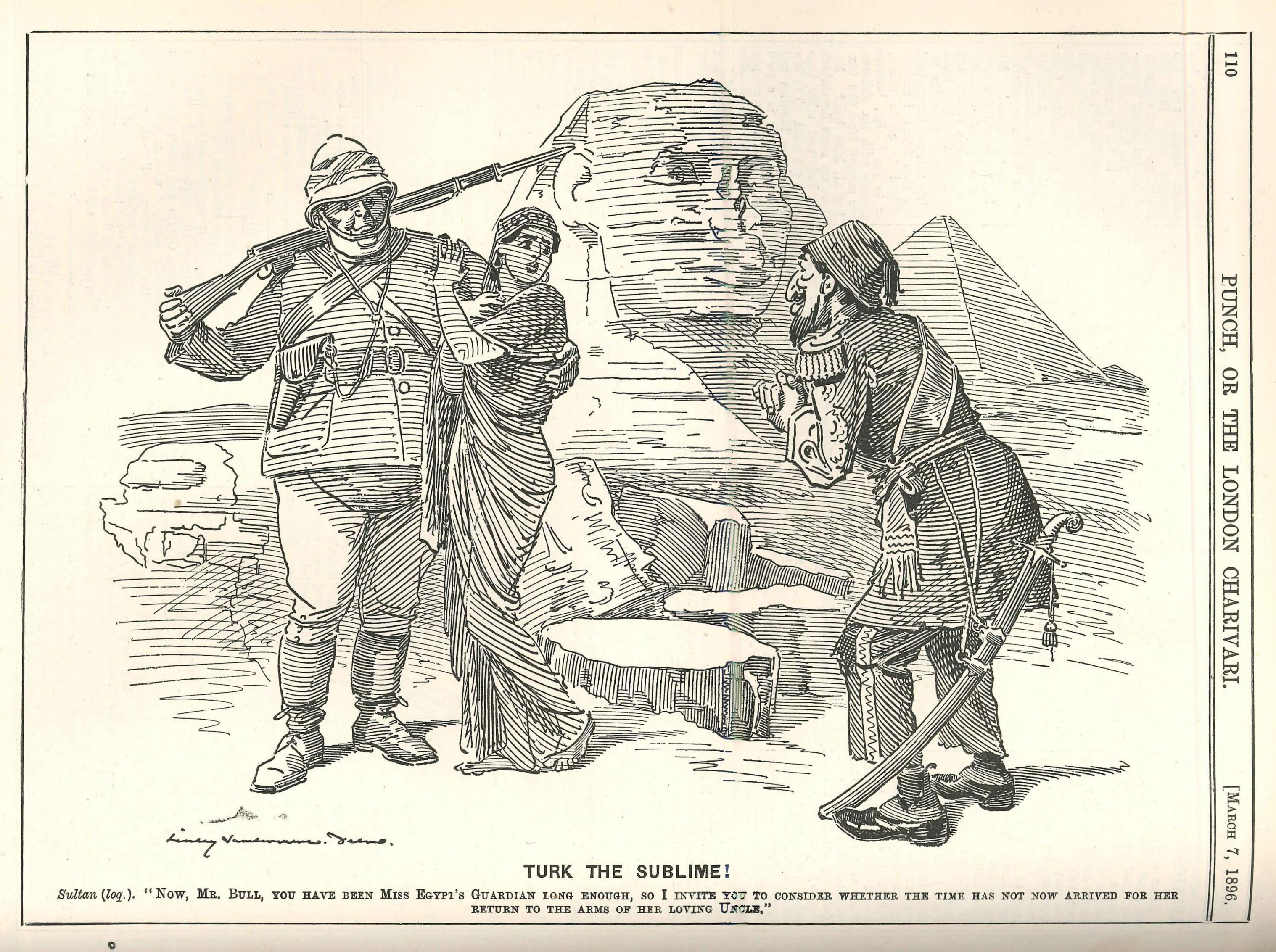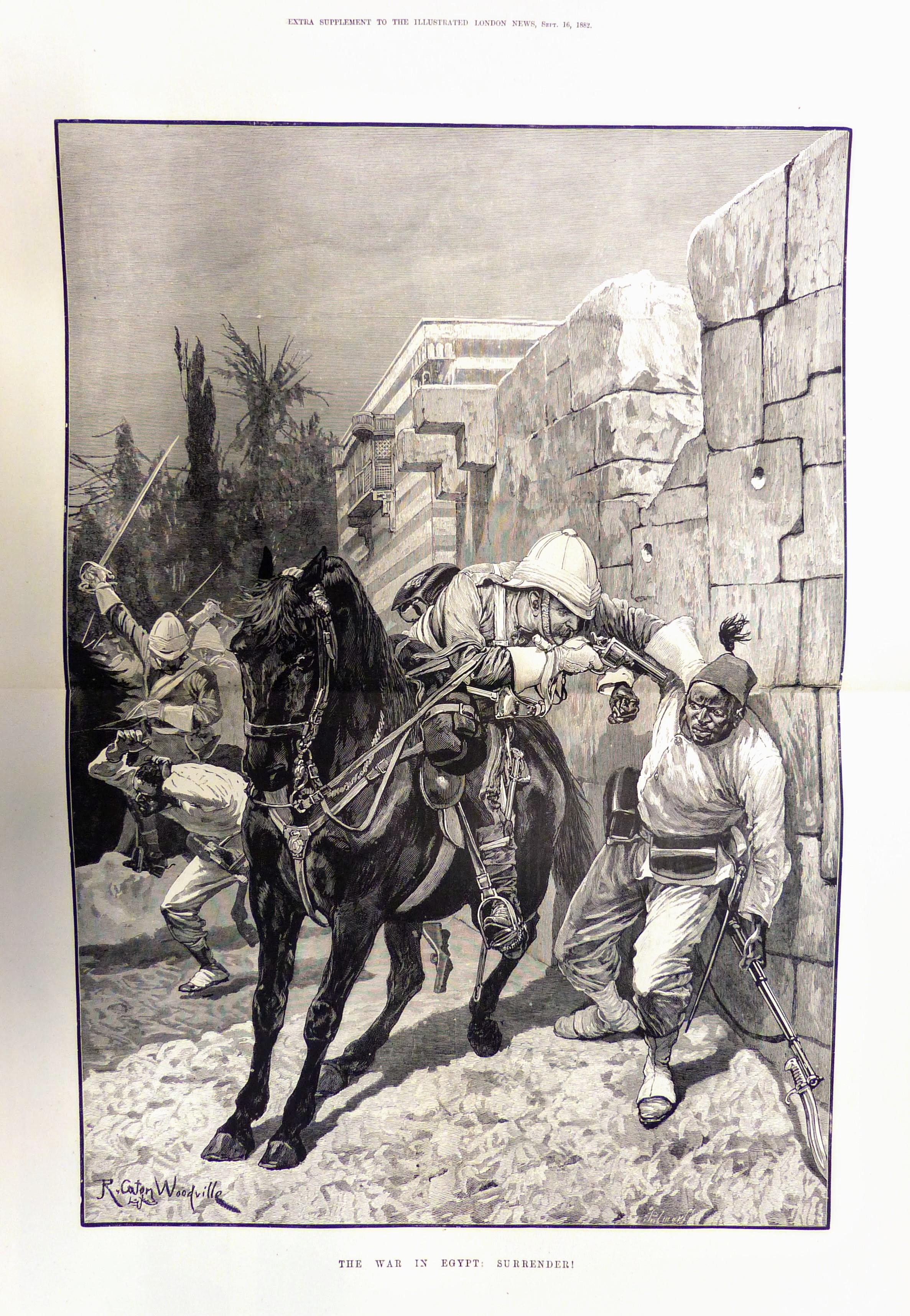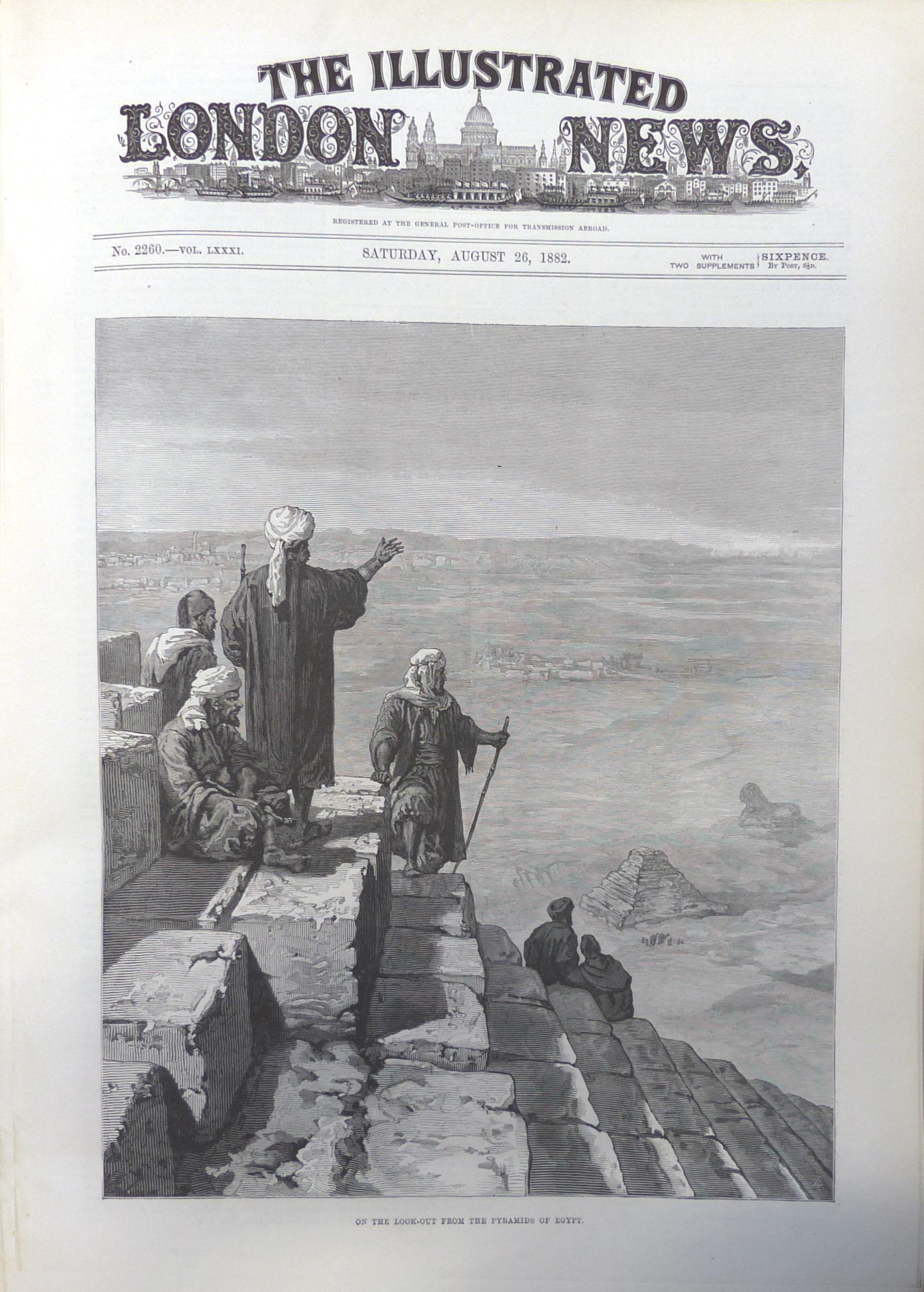Egypt held particular interest for Victorians as a strategic gateway to the Orient. The first Arabic-speaking country to experience overlapping colonial encroachments by European powers, Egypt became an autonomous state within the Ottoman Empire under the rule of Muhammad Ali Pasha (1805-1848) and his male successors. From 1852, Britain kept an increased presence in northern Egypt to maintain the overland trade route to India and to oversee the construction of the Cairo–Alexandria railway, the first British railway built on foreign soil. Shortly thereafter, French investors financed the construction of the Suez Canal to connect the Mediterranean and Red Seas. Isma’il Pasha sold Egypt’s shares of the Suez Canal Company to Britain in 1875 in the wake of a financial crisis. Dissatisfaction with European and Ottoman rule led to a nationalist revolt in 1879. The British military occupied Egypt in 1882 to protect financial interests in the country, culminating in a violent war. Britain won, restored the Khedival authority in Cairo, and established a ‘veiled protectorate’ over Ottoman-Egypt until the First World War. The British occupation saw an increase in archaeological fieldwork, tourism, and irrigation projects to boost Egypt’s cotton production and exportation. Egypt declared independence in 1922, although Britain did not withdraw all its troops until after the 1956 Suez Crisis.

This political cartoon features John Bull as a British soldier physically protecting Egypt, who is depicted as the sexualised female object of Orientalist fantasy, passively leaning into Bull’s arms. The Turkish Sultan pleads with Britain ‘to consider whether the time has not now arrived for her return to the arms of her loving uncle.’ Victorians regularly played with gendered tropes to portray Britain as a masculine and heroic saviour, Egypt as feminine and frail, and the Ottoman Empire as weak and in decline. The scene unfolding in front of the Sphinx reflects the appropriation of Egypt’s ancient past during the British occupation of the country.

The Anglo-Egyptian War lasted from May to August 1882. The Illustrated London News provided sketches every week to keep British audiences updated. This image followed the final conflict at Tell el Kebir which killed 2,000 Egyptians and resulted in the surrender of Colonel Ahmed ‘Urabi’s army. As in iconographic propaganda by the pharaohs showing defeat of their foreign enemies, British forces were represented as victorious on the battlefield to justify their interference.

British imperial interests ensured that Egypt received a great deal of anthropological attention. The colonial agenda determined Egyptian inferiority according to universal hierarchies of race. Orientalists used the ‘comparative method’ to study the ancient and modern inhabitants of the country, treating Egyptian peasants as passive objects of observation and classification, much like artefacts. This image is from a special series published at the height of the Anglo-Egyptian war entitled ‘Egypt as it is,’ which often objectified locals by placing them next to ancient ruins. It shows Egyptian Bedouin, who often escorted tourists up the pyramids, ‘anxiously looking out, beyond Cairo, for the approach of the British Army.’
